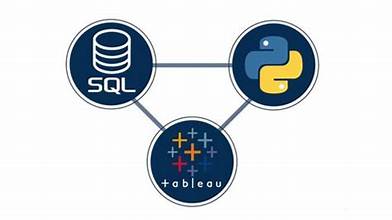Introduction
Stata and Big Data
- What is Stata?
- Stata syntax and commands
R Programming
- What is R?
- R syntax and structure
Preparing the Development Environment
- Installing and configuring Stata
- Installing and configuring R libraries and frameworks
R and Stata
- Reading and writing to Stata with R
Databases and Data in Stata
- Opening and clearing databases
- Compressing databases
- Importing and exporting databases
- Viewing, describing, and summarizing raw data
- Using tabulations and tables
- Implementing variables for data manipulation
Descriptive Analysis and Predictive Analysis
- Working with distributional analysis
- Working with Monte Carlo simulations
- Working with count data analysis
- Working with survival analysis
Hypothesis Testing
- Testing and comparing means
Graphing in Stata
- Using plots, charts, and graphs
- Working with statistical analysis in graphing
- Styling and combining graphs
Regression Models with R
- Using bivariate correlation and regression
- Working with OLS regression, logits, and probits
- Using interactive effects in regression models
Summary and Conclusion
Introduction
Algorithmic Trading Core Concepts
- What is algorithmic trading?
- Markets and trading
- Textual data and analysis
Python, R, and Stata
- Stock trading
- Bond trading
- Investment analysis
Preparing the Development Environment
- Installing Quandl
- Installing quantmod
- Installing and configuring Stata
Algorithmic Trading and Python
- Importing data
- Using Quandl
- Working with financial data
- Creating databases for financial data
Algorithmic Trading and R
- Importing data
- Using quantmod
- Working with regressions
Algorithmic Trading and Stata
- Importing and cleaning data
- Testing strategies
- Working with regressions
Summary and Conclusion
Introduction
Core Programming and Syntax in R
- Variables
- Loops
- Conditional statements
Fundamentals of R
- What are vectors?
- Functions and packages in R
Preparing the Development Environment
- Installing and configuring R and RStudio
- Setting up Rserve
Classifying Data
- Moving data between R and Tableau
- Preparing and cleaning data
- Modeling and scripting in R
Regressions in R and Tableau
- Creating a regression model
- Visualizing regressions
- Predicting and comparing values
Clustering and Models
- Working with clustering algorithms
- Creating clusters
- Visualizing clustered data
Advanced Analytics with R and Tableau
- Using CRISP-DM
- Working with TDSP models
- Summarizing data


